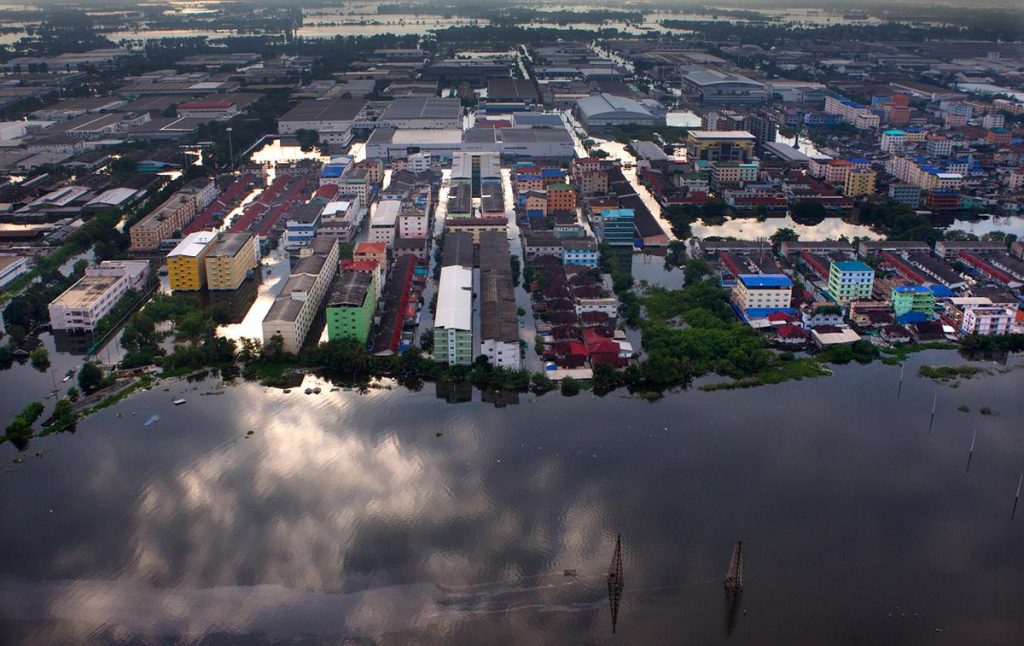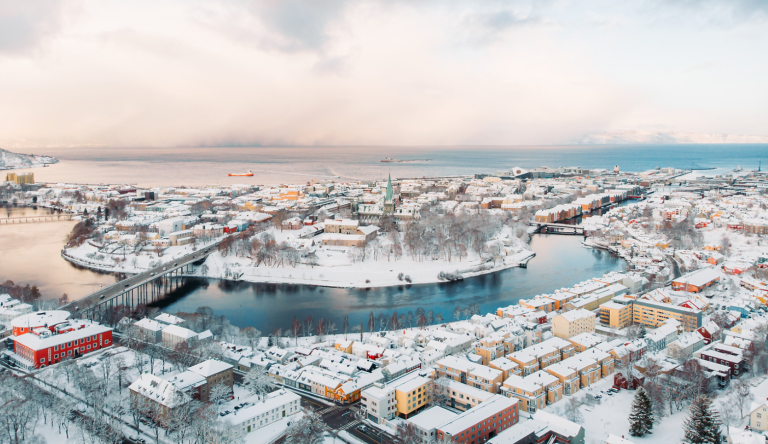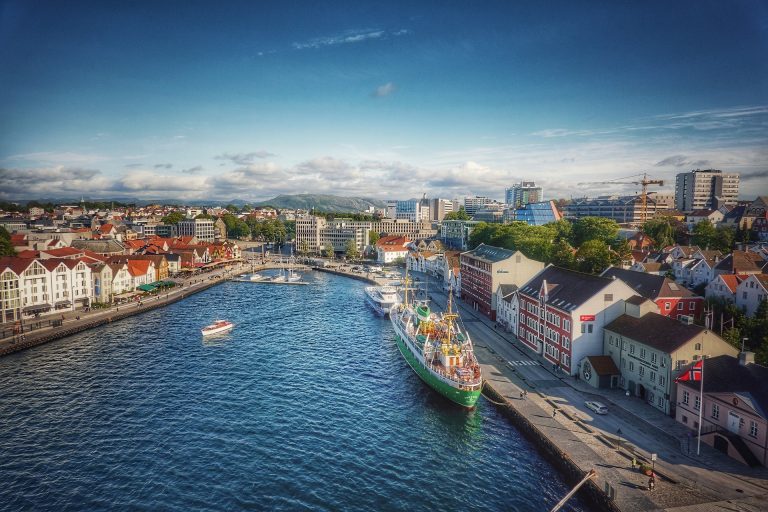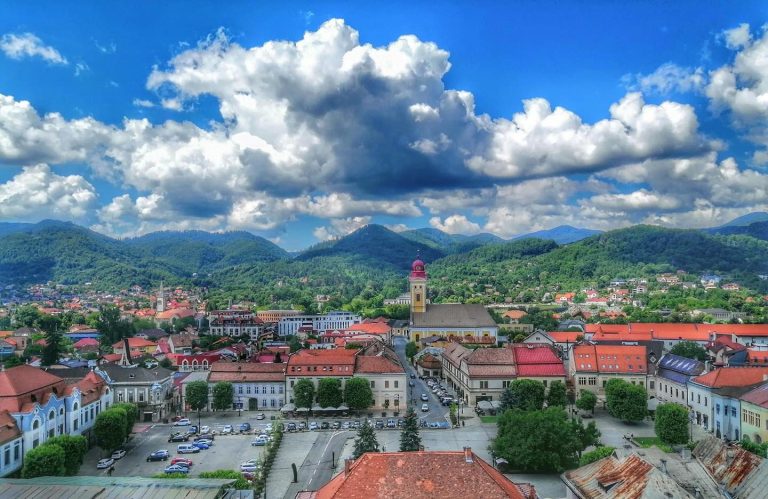The Capital of Thailand is sinking, and it has been sinking for quite a while now. Sources argue that, despite authorities and people in charge being completely aware of the problem and despite more and more serious warnings from researchers, little to no action has been taken so far. The time frame for the risk of submerging has been narrowed down to approximately 15 years. Worrisome?
The foundation of the problem is the low-lying flood plain that the city is currently sitting on. Most of Bangkok is resting on a compressible soft layer of clay, only a meter or so above the water. Even more, the rapid development in groundwater pumping, the construction of tall and heavy skyscrapers and the road and rail systems have aggravated the issue further.
All this is hardly news for the country, as it has undergone massive and disastrous floods in the past. In 2011, over 800 people were killed and 12 million others were affected, the city remained flooded for several months and the economic losses were more than significant.
Many experts and even the Intergovernmental Panel on Climate Change argue that the mean sea level will rise by almost one meter in the decades to come. An interesting view, on the other hand, belongs to a remarkable Thai architect, Ponlawat Buasri, arguing in favor of flood-resistant communities.
In his view, low-lying communities would simply be elevated a few meters, avoiding flooding, while mangrove forests would absorb carbon dioxide and filter water from below. However, the feasibility of such a project for a massive city is still questionable, at best.
 The cause is, however, not hopeless. The city could definitely benefit from more water, by smartly diverting it to the right place, allowing more groundwater to support the qualities of the clay or passing strict laws on groundwater pumping for instance, something that has already been done partially, along with providing landowners with benefits and incentives for installing rainwater tanks.
The cause is, however, not hopeless. The city could definitely benefit from more water, by smartly diverting it to the right place, allowing more groundwater to support the qualities of the clay or passing strict laws on groundwater pumping for instance, something that has already been done partially, along with providing landowners with benefits and incentives for installing rainwater tanks.
Finally, a governmental committee was instituted in this sense, with the main aim of scrutinizing the current issue and finding efficient solutions. Among recent public ideas is the construction of a seawall against rising seas, estimated to cost around $14.3 billion in U.S. dollars. However, even a relocation of the capital might have to be taken into account.
Sources: channelnewsasia, Quartz, The Atlantic
Photos: channelnewsasia, The Atlantic







